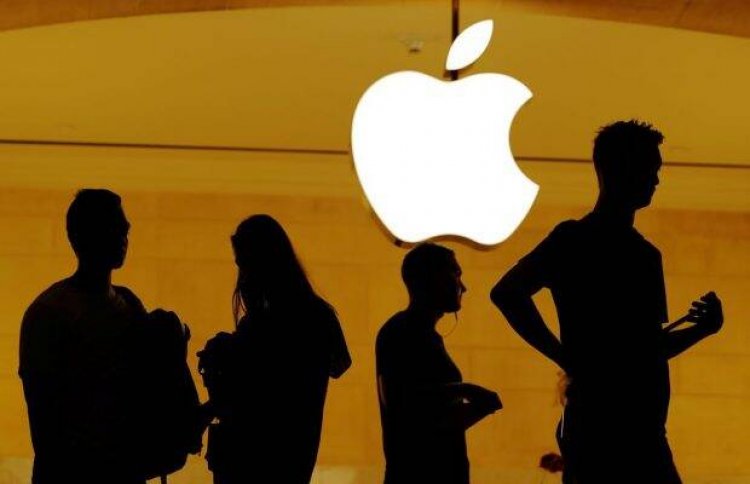Apple AR headset to get motion detection, powerful 3D sensors, says analyst Ming-Chi Kuo
Apple is likely to launch the AR headset in 2022.

Apple’s AR headset, likely to launch in 2022, will come with powerful 3D sensors, noted Apple analyst Ming-Chi Kuo said in an investor note, spotted by 9to5Mac. The sensors are expected to be more advanced than the ones Apple uses in the iPhone and the iPad for Face ID.
The AR headset will also get an innovative gesture and motion detection system. The 3D sensors will get a wider field-of-view to improve object detection. The first-generation AR headset could weigh around 350 grams and cost $1,000 (approx Rs 75,500).
Kuo said the AR headset would get four 3D sensors that would allow it to capture gestures and objects more accurately than the company’s current TrueDepth camera.
He said in the investor note: “We predict that the structured light of the AR/MR headset can detect not only the position change of the user or other people’s hand and object in front of the user’s eyes but also the dynamic detail change of the hand (just like the iPhone’s Face ID/structured light/Animoji can detect user’s dynamic expression change).”
“Capturing the details of hand movement can provide a more intuitive and vivid human-machine UI (for example, detecting the user’s hand from a clenched fist to open and the balloon [image] in hand flying away).”
He added that the AR headset’s 3D sensors would get a wider field-of-view to help detect objects up to 200% further than Apple’s current Face ID sensors. Apart from hand gesture detection, the AR headset is also rumoured to get iris recognition, eye tracking, skin detection, voice control, spatial recognition, and facial expression detection.
Kuo went on to add that Apple had already begun development of the second-generation AR headset, which would be significantly lighter.
Apple is likely to launch the AR headset in 2022. However, experts suggest it might be made available for purchase much later. The headset will feature processing power similar to a Mac but will be capable of working without being paired to an iPhone or a Mac, the reports said. It will also feature dual processors and two Sony 4K micro-OLED displays. Kuo suggests that Apple could eventually replace the iPhone with the AR headset within the next decade.







